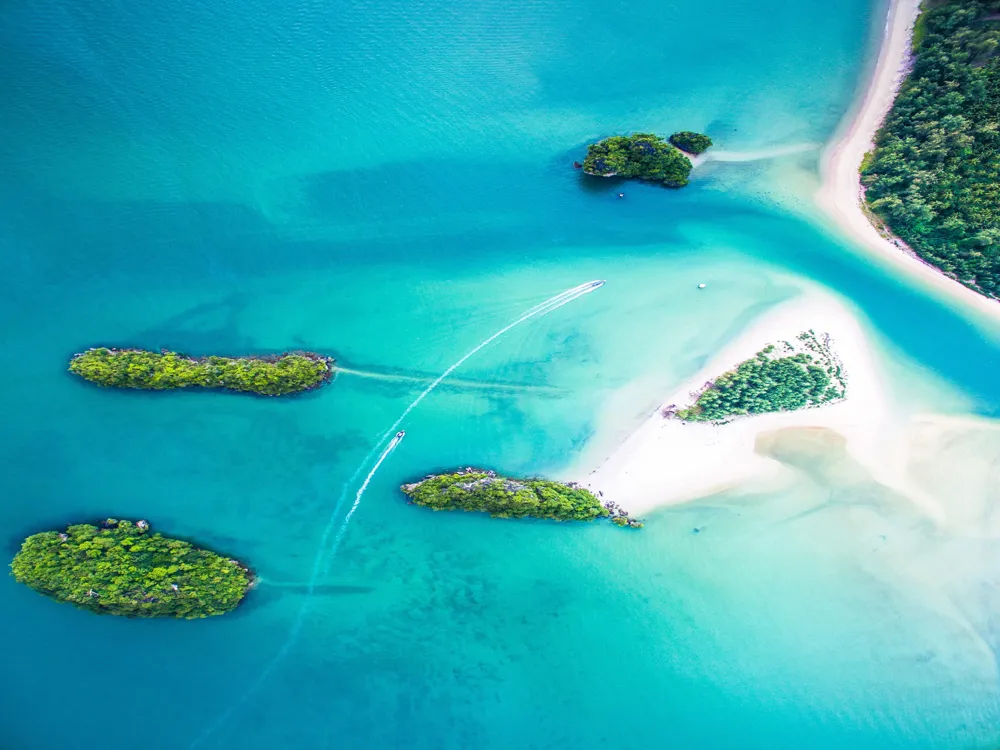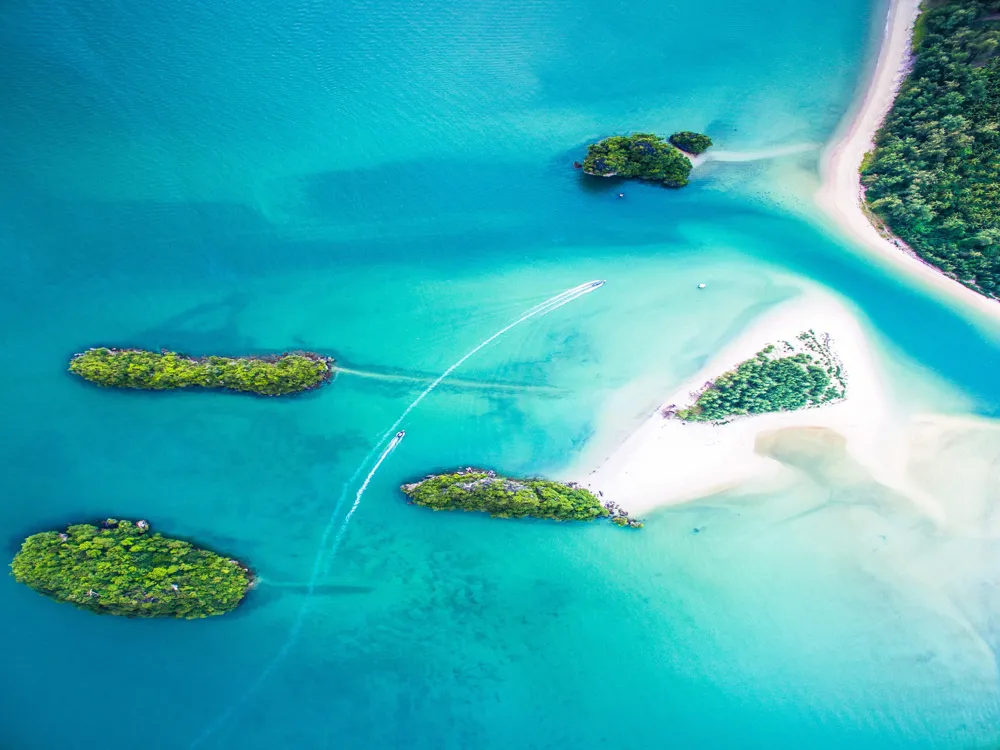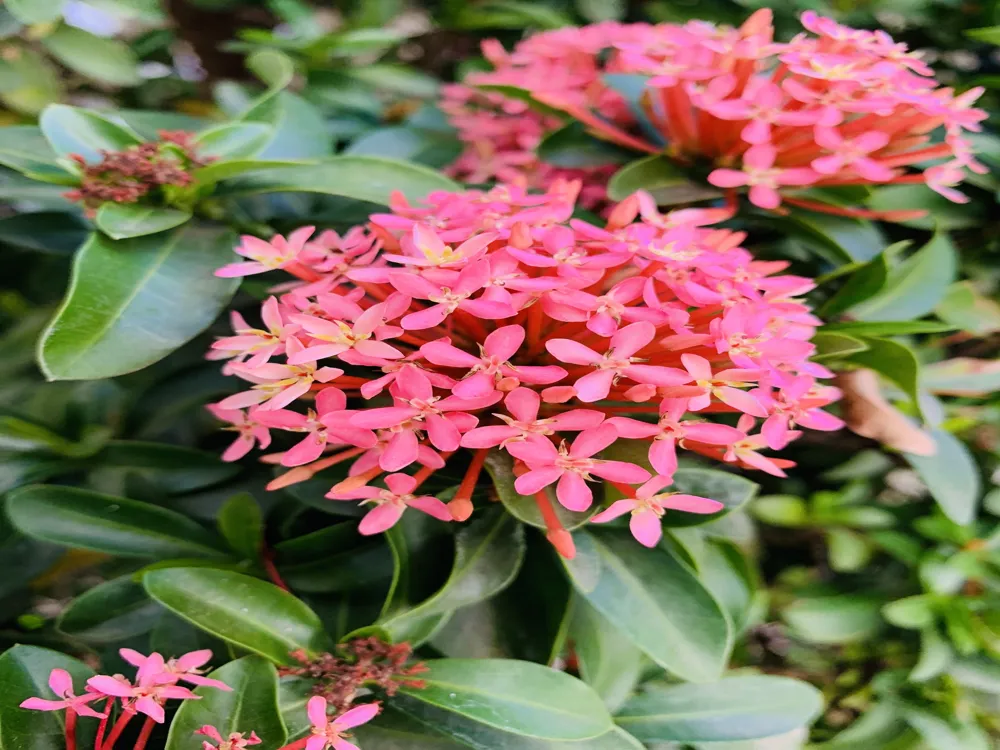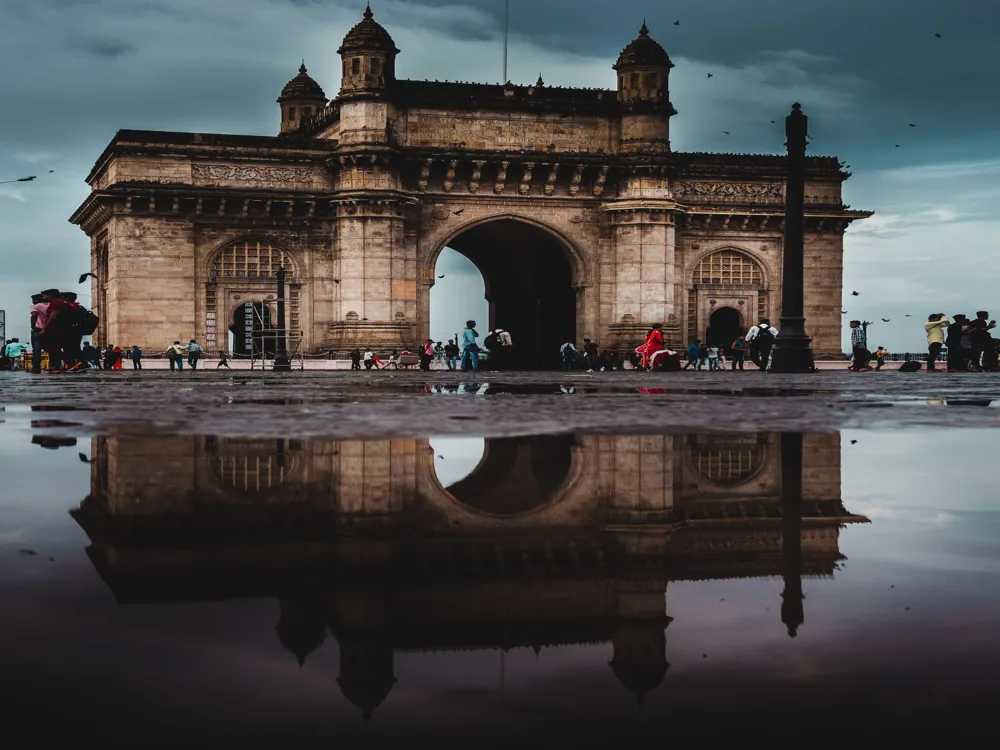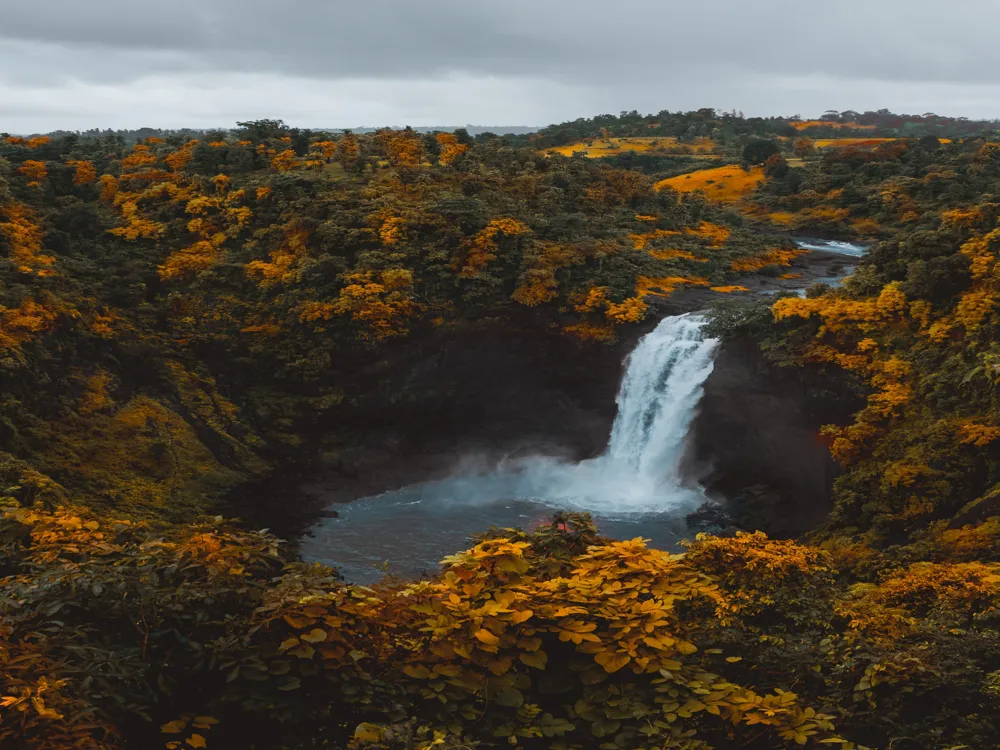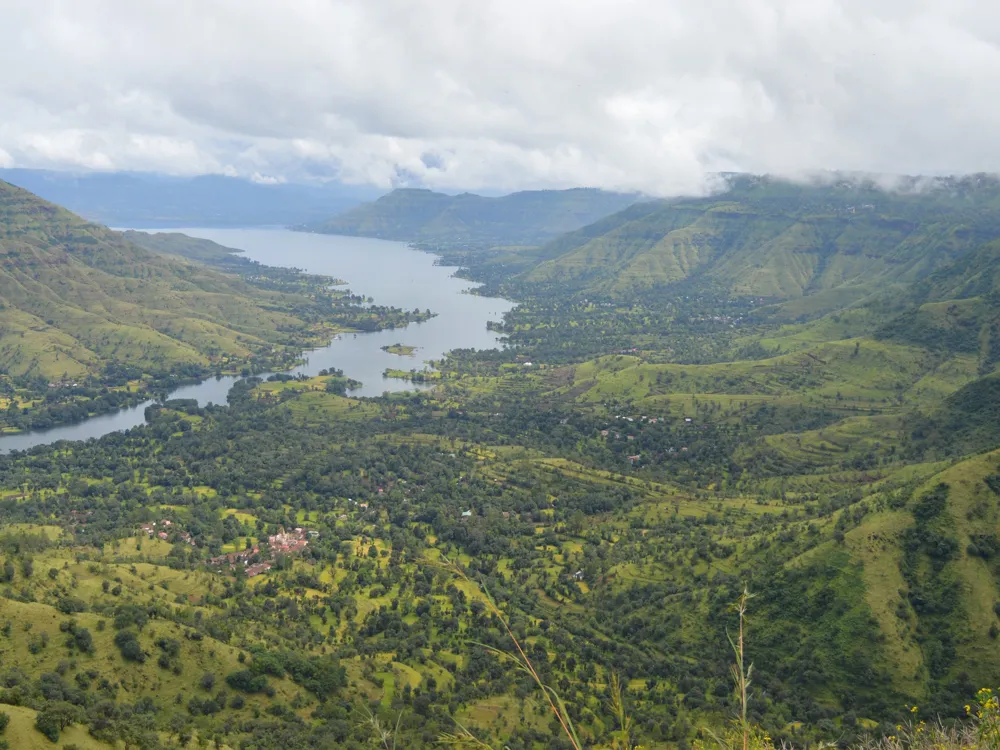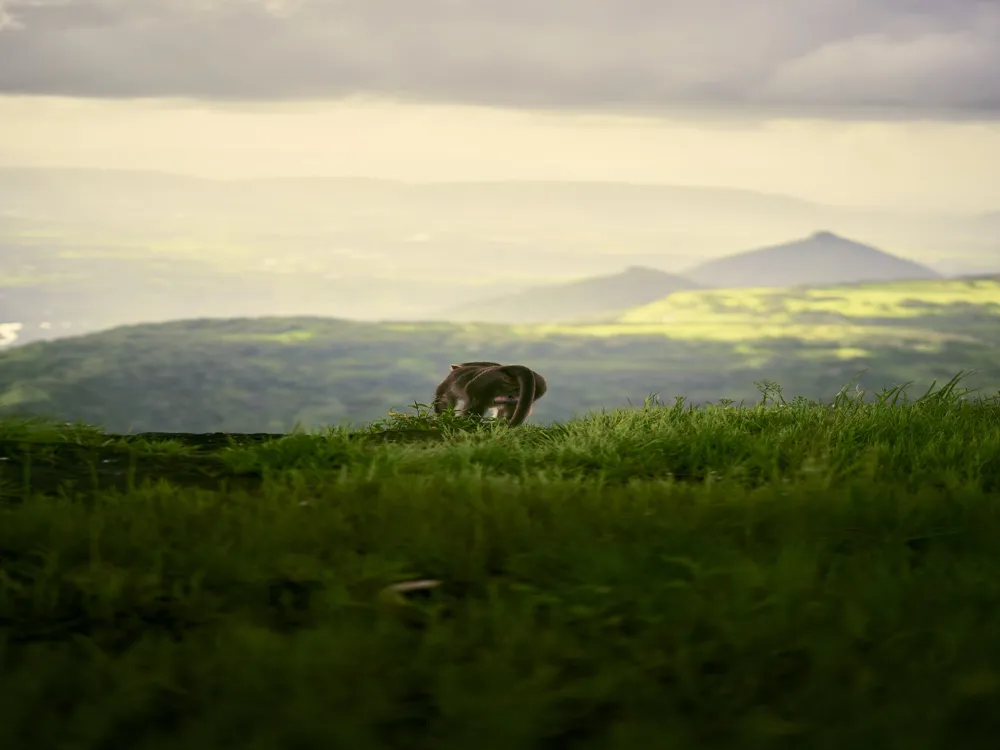The architecture of Little Andaman is a fascinating mix of traditional ethnic structures and remnants of social influence, offering a unique regard to the island's rich artistic shade. The indigenous Onge lineage's residences are particularly noteworthy, showcasing the imagination and resourcefulness of the ethnic people. When visiting Little Andaman, it's important to show respect for the original culture and traditions. The indigenous Onge tribe has a unique way of life that should be approached with perceptivity and understanding. Avoid taking photos of ethnic members without authorization, and be aware of their customs and practices. The islet's ecosystem is delicate and should be treated with care. Avoid littering and always dispose of waste properly. Be aware of the wildlife and birds disturbing the natural niche. Stick to pronounced trails when exploring the rainforests and mangroves to minimise your impact on the terrain. Given the remote nature of Little Andaman, it's wise to take the necessary health and safety precautions. Bring an introductory first aid kit, non-entity repellent, and any necessary specifics. Be conservative when swimming or engaging in water sports, as the ocean can be changeable. Plan your trip and accommodation in advance, as options on Little Andaman can be limited. Consider staying in eco-friendly resorts or guesthouses that support sustainable tourism. Be sure to book your transport to and from the island well in advance, especially during peak tourist seasons. Do not miss out on trying the original cuisine, which is a mix of ethnic and traditional Indian flavours. Be adventurous and try original dishes made with fresh seafood and coconut. Engage with the original community to gain a deeper perception of their way of life and share in sustainable tourism conditioning. Reaching Little Andaman requires a bit of planning, as it isn't directly connected to the landmass. The most common route is to first reach Port Blair, the capital of the Andaman and Nicobar islets, either by air or ocean. From Port Blair, callers can take a government-operated ferry to Little Andaman. The ferry trip takes roughly 6–8 hours and offers a scenic view of the Andaman Sea. It's judicious to check the ferry schedule in advance and make reservations, as services can be limited and subject to rainfall conditions. Read More: Andaman Nicobar Islands Tourism Best Time to Visit Andaman Nicobar IslandsOverview of Little Andaman in the Andaman and Nicobar Islands Union Territory
Little Andaman, the southernmost islet in the Andaman and Nicobar Islands Union Territory of India, is a retired gem that is yet to be discovered. Nestled amidst the Bay of Bengal, this islet is a slice of paradise, known for its pristine beaches, rich biodiversity, and unique ethnic culture. Measuring an area of roughly 730 square kilometres, Little Andaman is the fourth largest islet in the archipelago and offers a tranquil retreat from the hustle and bustle of megacity life.
The islet's different geography is characterised by stunning white flaxen strands, slinging falls, and lush green rainforests. One of the islet's most notable features is its expansive mangrove timbers, which play a vital part in maintaining the ecological balance. These mangroves are a haven for a variety of marine and raspberry species, making Little Andaman a hotspot for nature lovers and birdwatchers.
Little Andaman is also home to the indigenous Onge lineage, one of the oldest lines in India. The Onge people have a deep connection with nature and have saved their unique culture and traditions over the centuries. Callers to the islet can witness the lineage's traditional life, which includes stalking, fishing, and gathering, offering a rare glimpse into a way of life that has remained unchanged for generations.
The island's frugality is primarily grounded in husbandry and fishing. Crucial crops include coconut, banana, and spices, which are cultivated using traditional styles. The serene strands of Little Andaman, similar to Butler Bay and Netaji Nagar Beach, are ideal for probing, sunbathing, and swimming, attracting excursionists seeking a peaceful and unspoiled sand experience.
Little Andaman's rich history is intertwined with its natural beauty. The islet was formerly a British coloniser village and later played a significant role during India's freedom struggle. The remnants of this social history can be seen in some of the old structures and remains scattered across the islet, adding a literal dimension to its natural appeal.
Despite its beauty and literal significance, Little Andaman remains fairly unexplored and unspoiled by mass tourism. This untouched paradise offers a unique occasion for callers to connect with nature, experience a rich artistic heritage, and find solace in its tranquil surroundings.Architecture of Little Andaman
The Onge lineage's traditional hooches are constructed using natural accoutrements sourced from the islet, such as bamboo, wood, and winch leaves. These hooches are designed to be eco-friendly and sustainable, with features that are well-acclimated to the island's tropical climate. The hooches have high-pitched roofs and elevated bottoms, furnishing ventilation and protection from cataracts and wild creatures. The simplicity and functionality of these structures reflect the lineage's deep understanding of their terrain and their commitment to living in harmony with nature.
In discrepancy, the remnants of social armature on Little Andaman tell a different story. These structures, which include old bungalows, churches, and executive structures, are a memorial to the islet's history as a British village. The social structures are characterised by European architectural styles, with large stoops, high ceilings, and rustic frames. Although numerous of these structures remain, they still hold a certain charm and are a testament to the islet's literal significance.
In recent times, ultramodern architectural influences have begun to appear on Little Andaman, particularly in the form of eco-resorts and guesthouses. These new structures aim to blend contemporary design with traditional rudiments, using original accoutrements and sustainable practices. The focus is on creating spaces that are in harmony with the island's natural beauty, furnishing comfortable and environmentally friendly lodging for callers.
Overall, the architecture of Little Andaman is a reflection of its different artistic heritage and its relationship with the natural terrain. From the traditional ethnic hooches to the social remnants and ultramodern eco-friendly structures, the island's architecture tells the story of its history, present, and future.Tips for Visiting Little Andaman
Respecting Local Culture and Traditions
Ecological Sensitivity
Health and Safety Precautions
Travel and Accommodation
Local Cuisine and Experiences
How To Reach Little Andaman
Little Andaman
Andaman Nicobar Islands
Union Territory
₹ 14,500 onwards
View andaman-nicobar-islands Packages
Weather :
Label : Must Visit
Tags : Beach
Entry Fee : No entry fee
Planning a Trip? Ask Your Question
Andaman-nicobar-islands Travel Packages
View All Packages For Andaman-nicobar-islands
Top Hotel Collections for Andaman-nicobar-islands

Private Pool

Luxury Hotels

5-Star Hotels

Pet Friendly
Top Hotels Near Andaman-nicobar-islands
Other Top Ranking Places In Andaman-nicobar-islands
View All Places To Visit In andaman-nicobar-islands
Faq on Andaman-nicobar-islands
What is Little Andaman?
Little Andaman is one of the islands in the Andaman and Nicobar archipelago, located in the Bay of Bengal, India. It is known for its pristine beaches, lush rainforests, and diverse wildlife.
How do you get to Little Andaman?
To reach Little Andaman, one can take a ferry from Port Blair, the capital of the Andaman and Nicobar Islands. The ferry ride usually takes around 6-8 hours, depending on weather conditions.
What are the attractions in Little Andaman?
Little Andaman offers a range of attractions including beautiful beaches like Butler Bay Beach and Harminder Bay Beach, waterfalls like White Surf Waterfall, and activities such as trekking in the rainforest and elephant safari.
Is Little Andaman suitable for snorkeling and diving?
Yes, Little Andaman offers excellent opportunities for snorkeling and diving. Visitors can explore vibrant coral reefs teeming with marine life in the crystal-clear waters surrounding the island.
What is the climate like in Little Andaman?
Little Andaman experiences a tropical climate with warm temperatures throughout the year. The best time to visit is during the winter months (November to February) when the weather is pleasant and ideal for outdoor activities.
View andaman-nicobar-islands Packages
Weather :
Label : Must Visit
Tags : Beach
Entry Fee : No entry fee
Planning a Trip? Ask Your Question
Andaman-nicobar-islands Travel Packages
View All Packages For Andaman-nicobar-islands
Top Hotel Collections for Andaman-nicobar-islands

Private Pool

Luxury Hotels

5-Star Hotels

Pet Friendly
Top Hotels Near Andaman-nicobar-islands
Other Top Ranking Places In Andaman-nicobar-islands
Faq on Andaman-nicobar-islands
What is Little Andaman?
Little Andaman is one of the islands in the Andaman and Nicobar archipelago, located in the Bay of Bengal, India. It is known for its pristine beaches, lush rainforests, and diverse wildlife.
How do you get to Little Andaman?
To reach Little Andaman, one can take a ferry from Port Blair, the capital of the Andaman and Nicobar Islands. The ferry ride usually takes around 6-8 hours, depending on weather conditions.
What are the attractions in Little Andaman?
Little Andaman offers a range of attractions including beautiful beaches like Butler Bay Beach and Harminder Bay Beach, waterfalls like White Surf Waterfall, and activities such as trekking in the rainforest and elephant safari.
Is Little Andaman suitable for snorkeling and diving?
Yes, Little Andaman offers excellent opportunities for snorkeling and diving. Visitors can explore vibrant coral reefs teeming with marine life in the crystal-clear waters surrounding the island.
What is the climate like in Little Andaman?
Little Andaman experiences a tropical climate with warm temperatures throughout the year. The best time to visit is during the winter months (November to February) when the weather is pleasant and ideal for outdoor activities.









